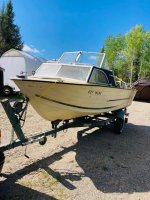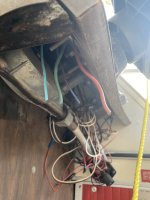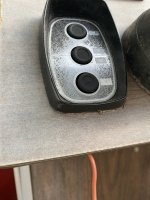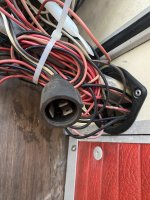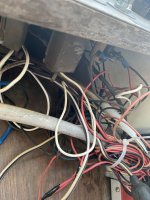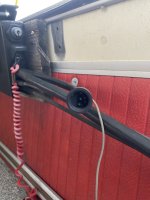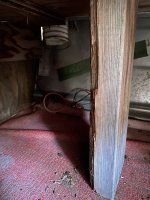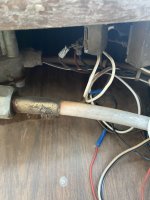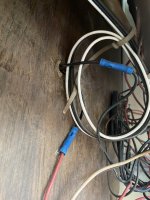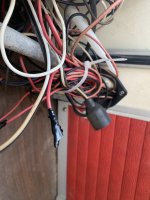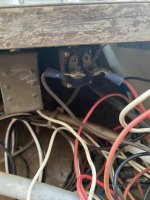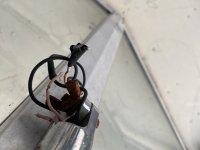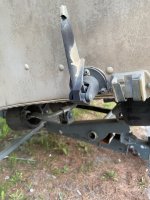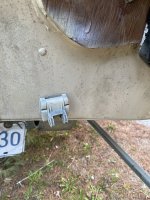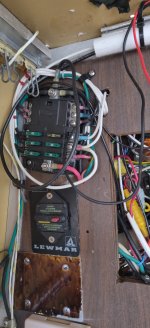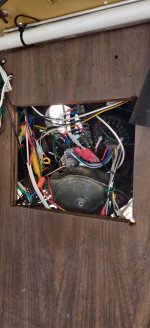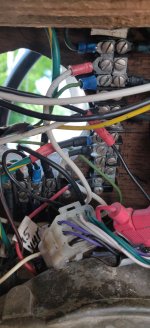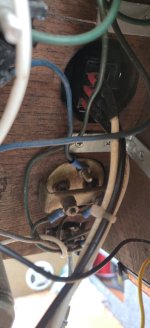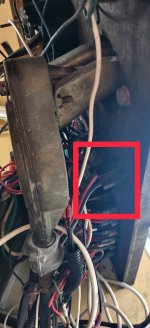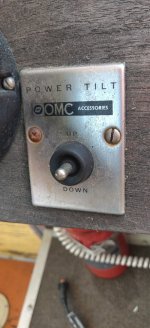To the OP, this is
not rocket science.
Research, organization, and attention to detail will make this work go smoothly.
If you understand how to properly perform low voltage wire management and low voltage wiring power requirements, especially on a boat, it will make this from a nightmare to very easy.
First, you need to properly identify the wires that apply to your outboard motor's wire harness assembly.
Here is a good reference to start for the wire harness color codes:
https://www.maxrules.com/fixmercwiringcodes.php
Here is a decent overview of 12 volt electrical wiring:
https://www.boatus.com/expert-advice/expert-advice-archive/2012/july/12-volt-electrical-systems
Calculating wire gauge size based on entire wire length (both ways) and max amps:
https://www.wirebarn.com/Wire-Calculator-_ep_41.html
#1. Buy you a digital multimeter if you don't have one. The usual abilities (ohms, continuity, resistance, AC & DC volts)
#2. Buy you a retractable test lead kit set.
#3. Unplug outboard engine harness to outboard engine. If you accidentally sent 12 volts to the kill circuit on the motor, you won't fry your ignition system. (Most outboard ignition systems work by shorting it to ground via the ignition key). Sending 12 volts to that kill circuit is a sure way to fry your outboard's ignition.
#4. Several sheets of paper. You need to write down and document how things are currently connected on the boat. Then draw a wire diagram.
If need be, use multiple sheets to document wire diagram sections so you don't have to fit everything on one page.
If you can get this documented properly on paper of what your setup is, you can easily take that information and use it to improve things or ask others for recommendations.




















